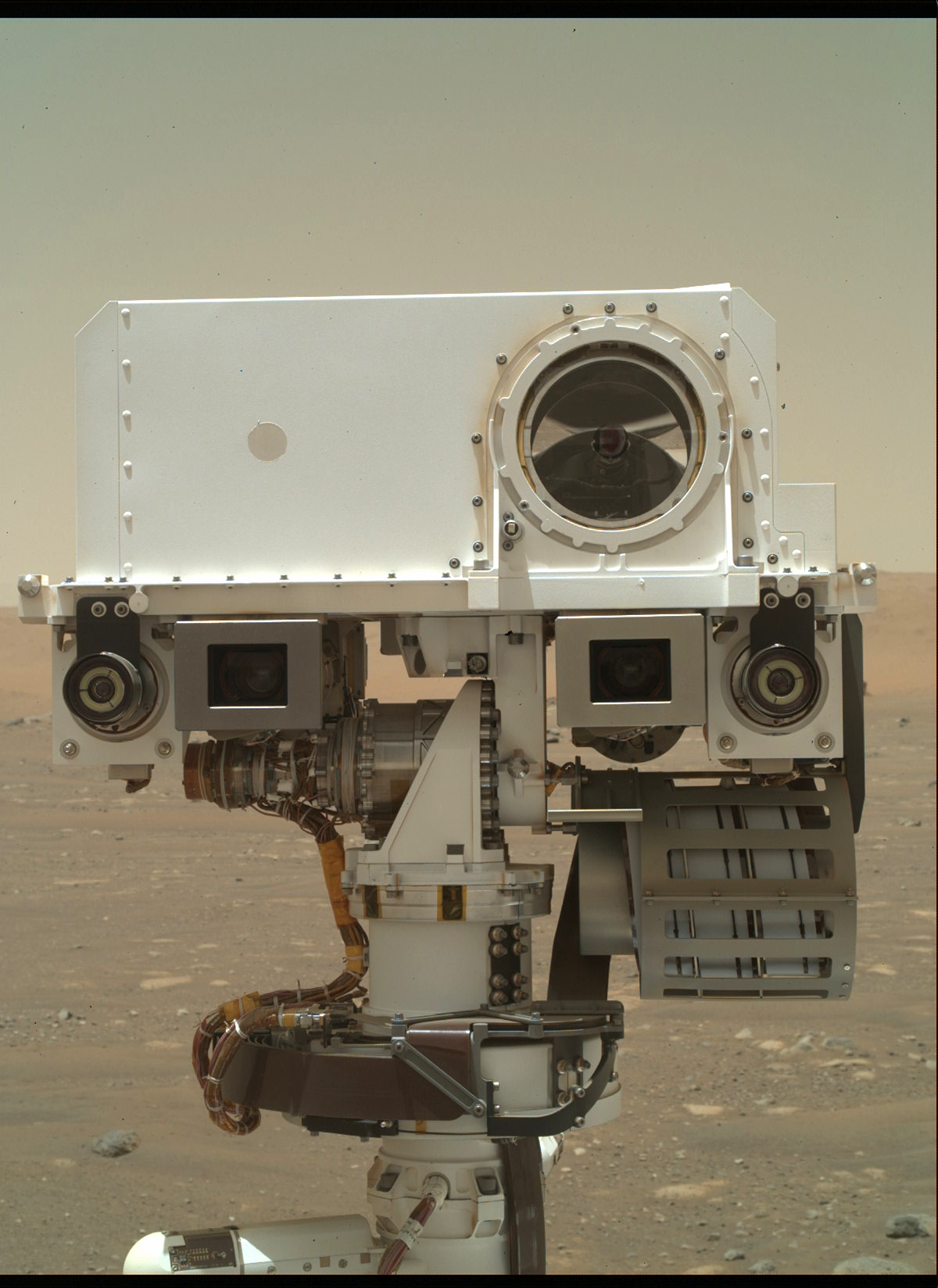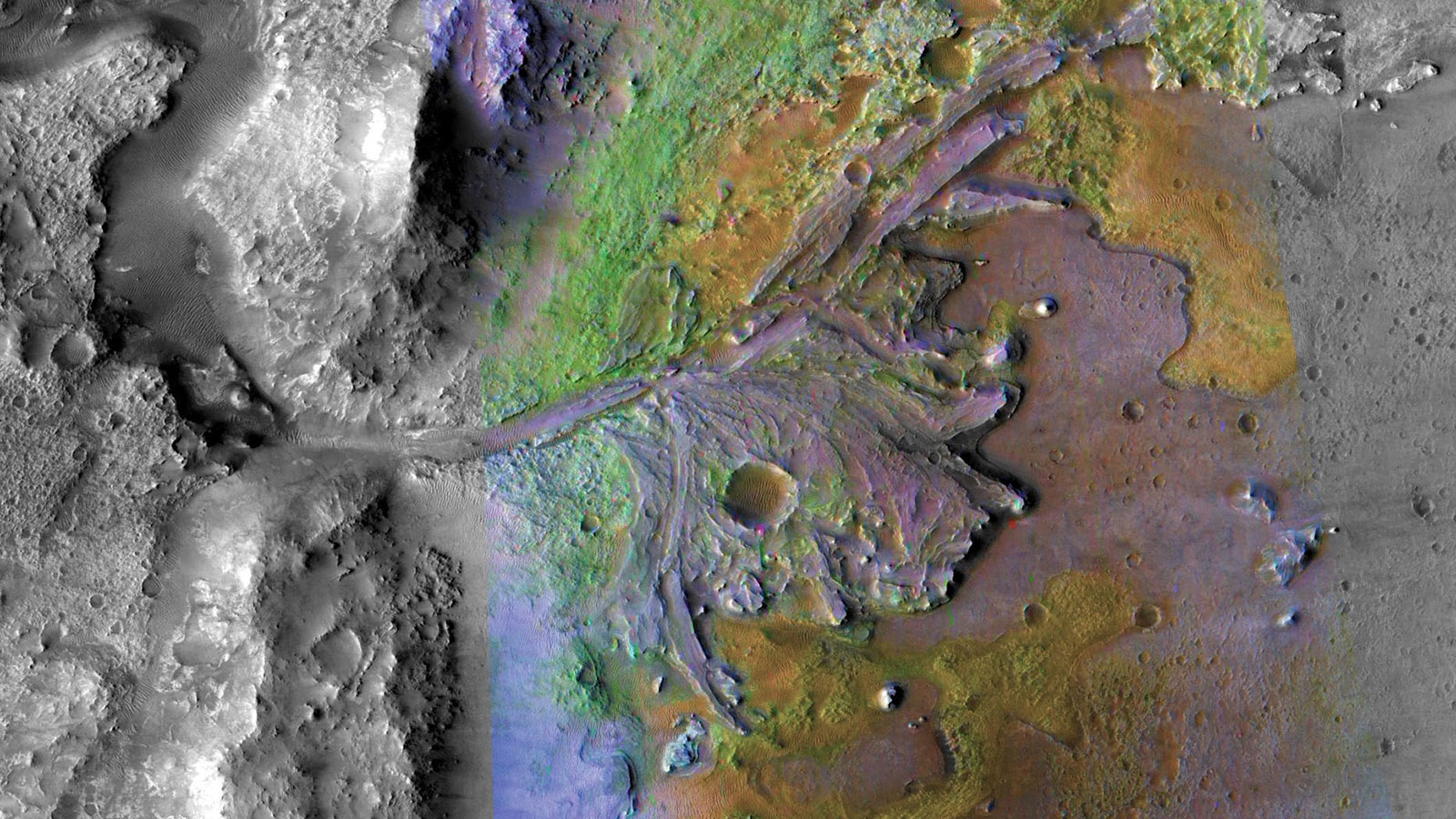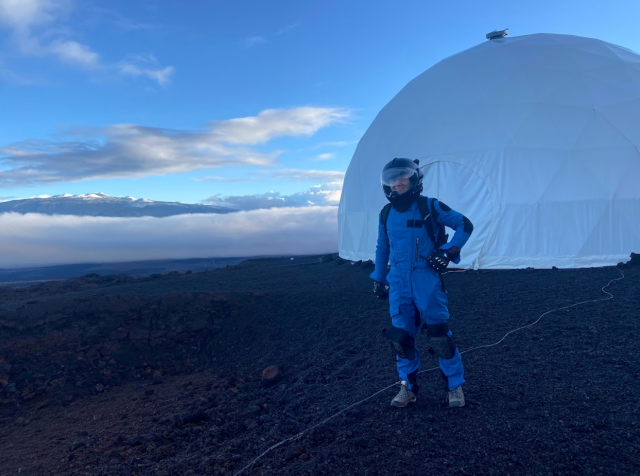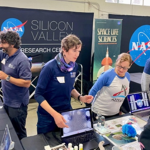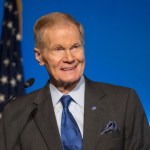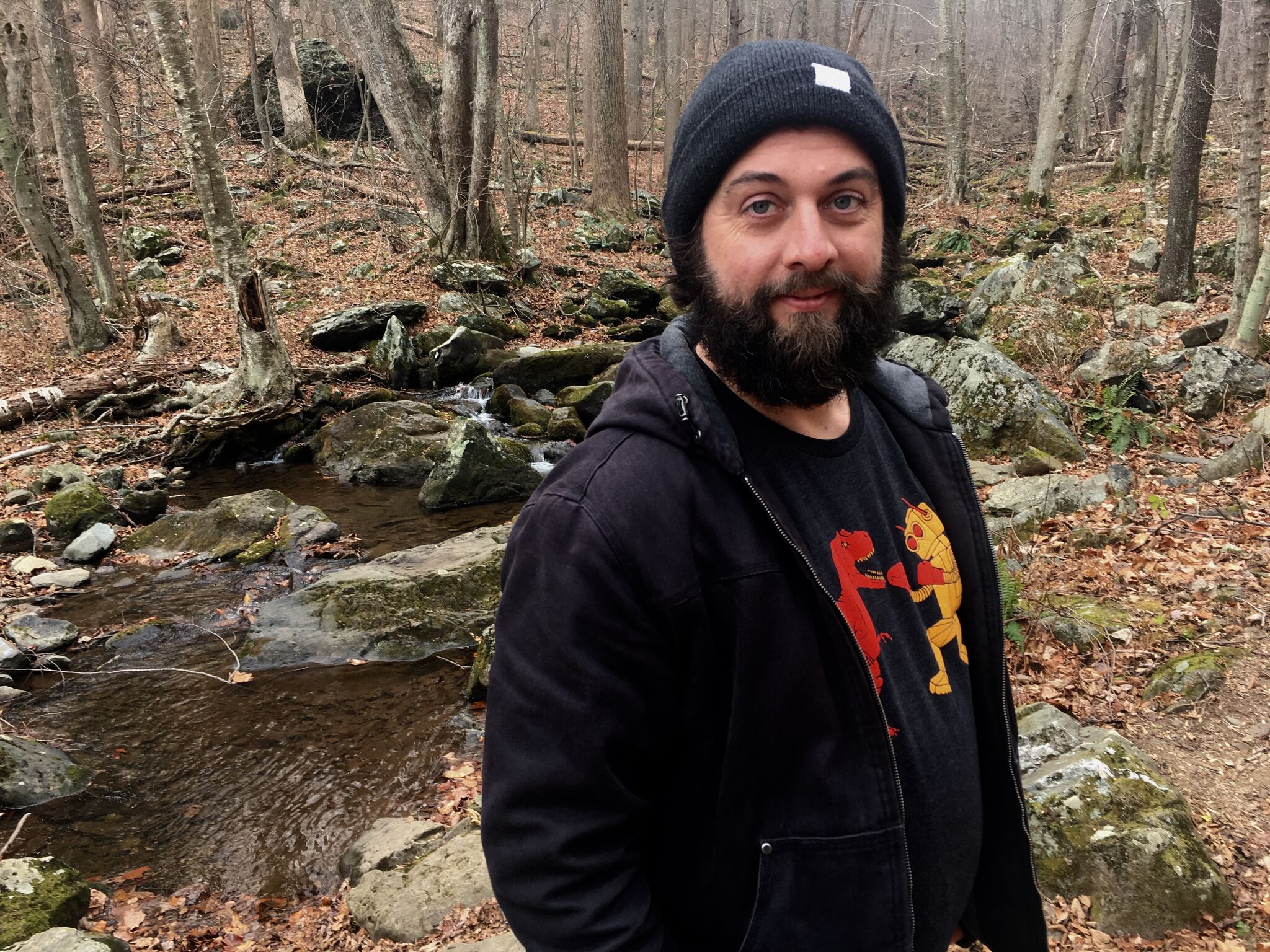
I have two offices, about 3,500 miles apart.
I spend about six months a year at NASA Goddard in Greenbelt, Maryland, and the other six months at the University of Glasgow as an Ernest Rutherford Fellow, named after the father of nuclear physics.
I am a solar physicist. I analyze data from the Reuven Ramaty High Energy Solar Spectroscopic Imager (RHESSI) solar flare observatory and the Solar Dynamics Observatory (SDO) mission teams to understand the physics behind solar flares, colossal releases of energy in the Sun’s atmosphere.
I grew up in a small fishing village in County Down, Northern Ireland. My father had a fish processing plant, mostly herring and mackerel.
When I was 13, I refused to cut my hair and was expelled from school. My parents sent me to an all-boys boarding school in Armagh, the middle of Northern Ireland. I hated boarding, so I was sent to a third high school, a technical school.
After high school, I took a year off to study recording engineering in Dublin. I played the drums. I don’t play much anymore, but I go to as many concerts as possible.
Then I went to work for my father for another three years. I drove fork lifts and shoveled fish guts. It was here that I first learned to drive 18-wheelers and get my truck license. I continued truck driving while I was at college, which I still occasionally do on the weekend to switch off from science.
I decided to go to Queen’s University, Belfast, and got a Ph.D. in astrophysics specializing in solar flare physics. I didn’t even study physics in high school, but I always had a keen interest in astronomy and mathematics. My undergraduate adviser was a solar physicist, so he steered me towards the same. To me, the most interesting thing about solar physics is large, explosive events.
I kept driving trucks all along, mainly semi-tractor trailers. Our 18-wheelers aren’t as big as those in the United States just because our roads are smaller, but they are as big as we can fit. University tuition was free and truck driving paid my rent and bills.
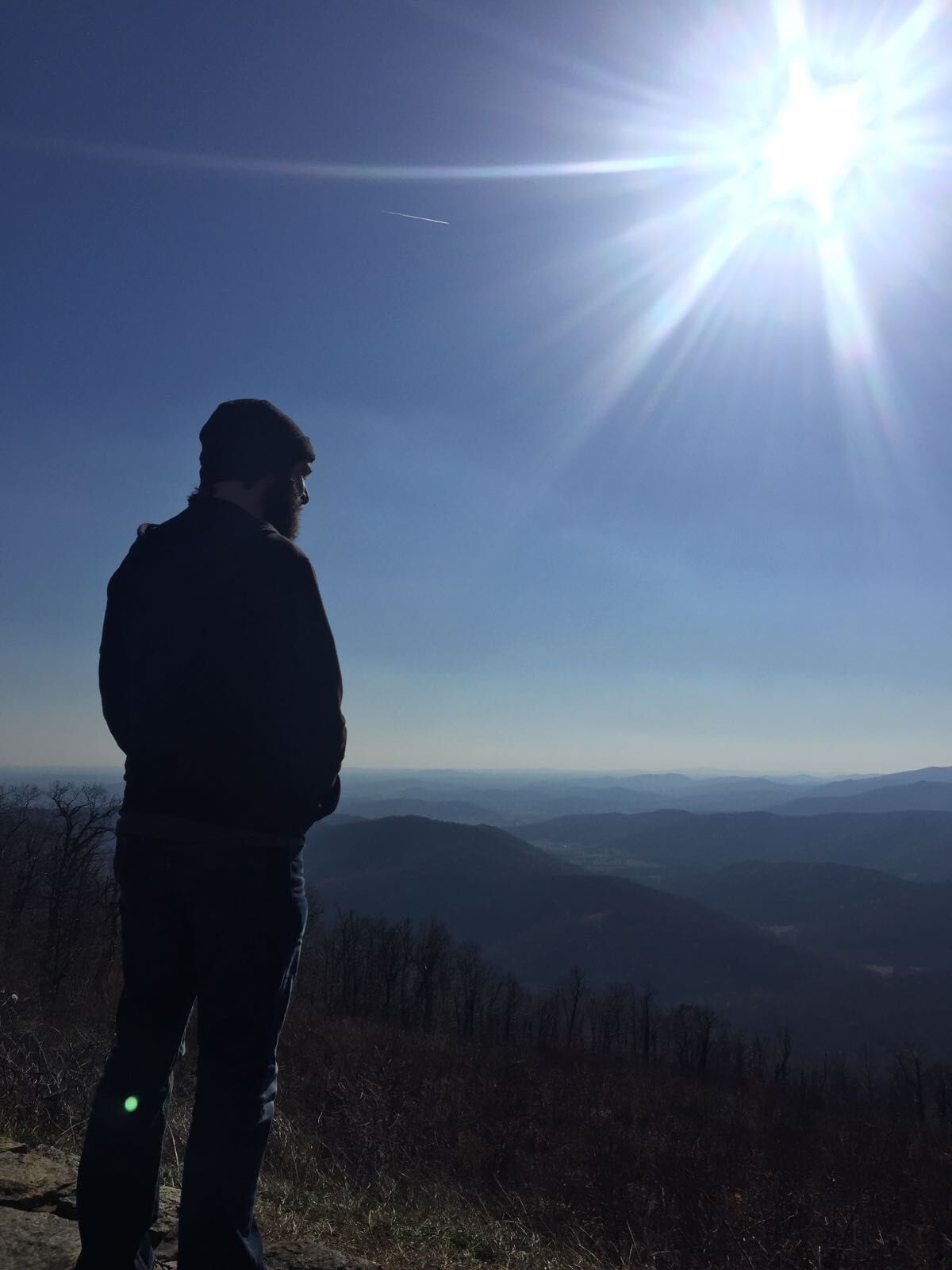
Beginning in 2004, during my post graduate years, I worked at NASA Goddard for two to three months at a time for Peter Gallagher, who is now at Trinity College, Dublin. NASA Goddard awarded me a post-doctoral fellowship to work for Brian Dennis, the project scientist for RHESSI at NASA Goddard. I got to lead my own research and present my work all over the world and ended up staying at Goddard for four years.
I moved back home to Belfast for three years and continued my research at Queen’s University. Around 2012, I was awarded my own research funding through NASA grants. That’s when I began dividing my time between Belfast and Goddard.
When I am back in Belfast, I still occasionally drive trucks to relax. Truck driving occupies a different part of your brain than academia and science. When you’re on the highway, you’re listening to music. You are trying to fit a large rig into tight spaces. It’s a nice escape.
This year, trucks came back into my life. I’ve come full circle.
In early 2017 Peter Gallagher began building a radio telescope, the Low-Frequency Array (LOFAR) radio telescope, in the middle of Ireland, in a pretty small town called Birr. He called and asked me to help transport some of the components from the Netherlands, where the components were being built, to Ireland.
The LOFAR telescope is a radio telescope with 196 separate antennae that detect radio waves from space and send the data to a super computer. The entire telescope including the antenna is about the size of a football field.
Transport was a mammoth production.
I helped with the logistics and planning. We had 18 truckloads in total that came to Ireland at different times. Some arrived by sea and were picked up at the docks.
The truck owner and I spent a week driving back and forth between the collection points in the Netherlands and the docks in Belgium collecting various containers.
The last shipment was the super computer that would gather all the data from the telescope; the only really delicate load. We had a special shipping container designed to house the servers and electronics for the telescope. It was a lot of pressure. I felt a great responsibility to ensure that this delicate, half-a-million-dollar piece of equipment arrived safely in Ireland on a 70-foot-long, 18-wheeled truck.
The truck owner and I took a boat from Dublin to Belgium, and then drove from Belgium to the Netherlands. The team in the Netherlands loaded the super computer, already in a self-contained unit, onto the flat bed of the truck and secured it with twist locks. Then we drove back to Belgium and then took the boat home to Ireland.
We had a very tight deadline to catch the ferry. We were actually racing to catch the ferry. We made it with minutes to spare.
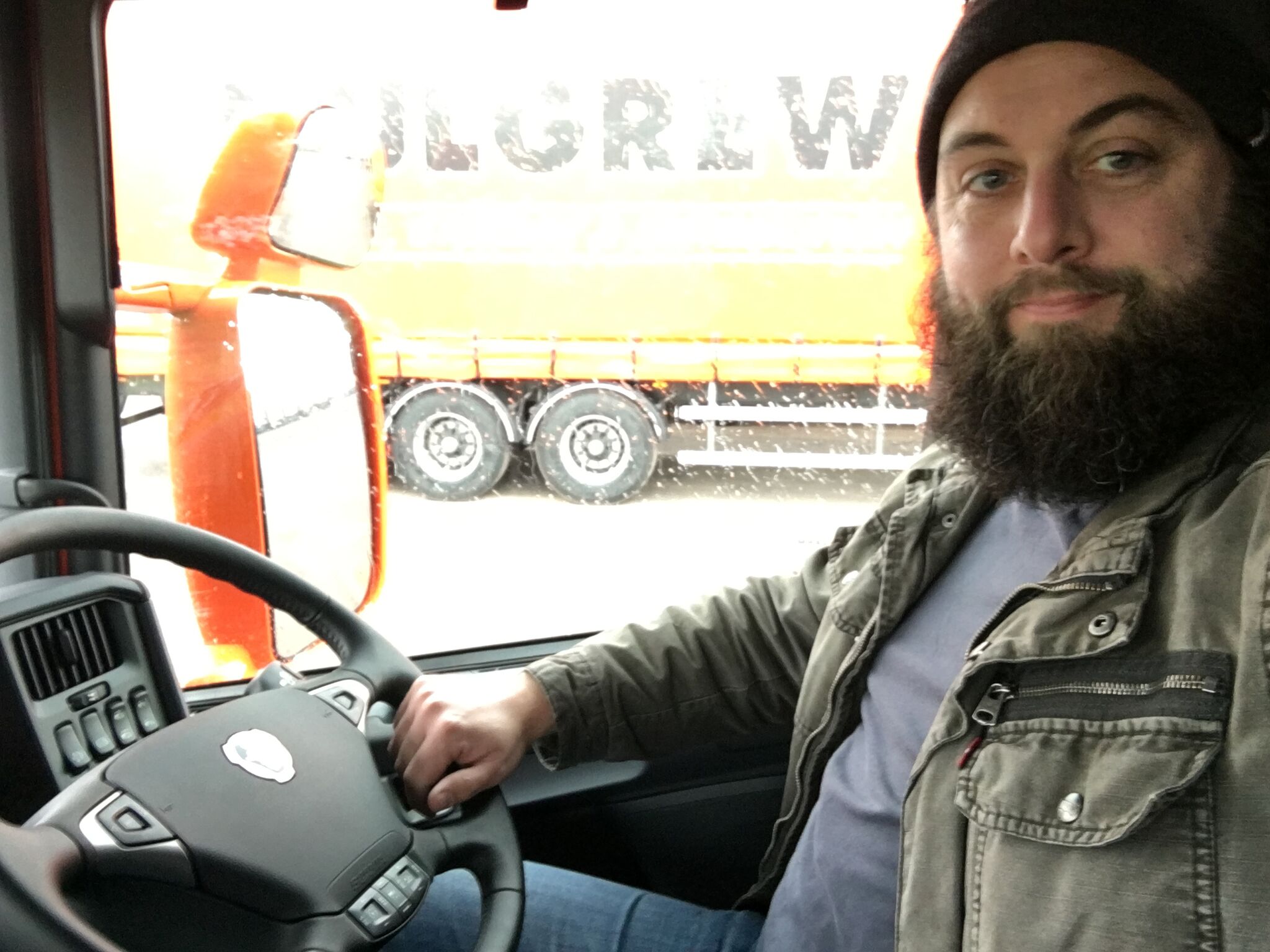
The telescope was built on the grounds of Birr Castle. In the 1850s, the biggest telescope in the world was at Birr Castle, so there is astronomical history on site.
Our 70-foot truck could not fit onto the Castle’s two-mile, narrow driveway. So we had to negotiate tight, winding country lanes and park in an adjacent farm. The farm’s cows and sheep were staring at us while we were transferring the super computer onto a smaller truck able to navigate the roads leading onto the field at Birr Castle.
Being part of this project was an incredible experience. Sometimes scientific research can be a bit esoteric, but here we had a built something tangible. There is now a brand new, state-of-the-art radio telescope operating at Birr Castle.
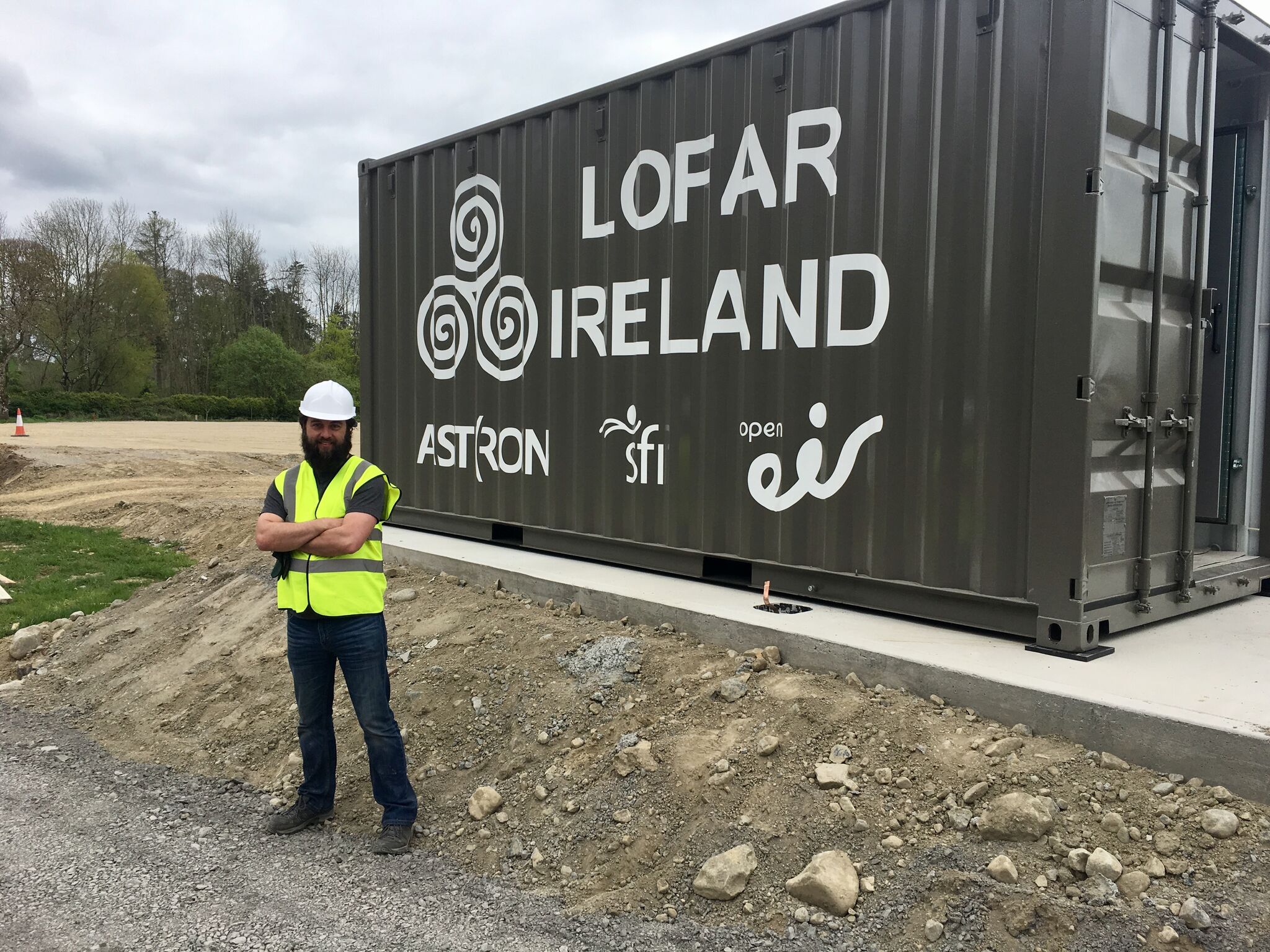
In September of this year, the sun became the most active it has been in over a decade. The LOFAR Telescope at Birr Castle captured many of these solar eruptions which I am now studying.
Our entire trip was the subject of a BBC Documentary called “Space Truckers,” which aired in the United Kingdom on Dec. 4.
My spirit of adventure probably comes from my mom. Born in New Zealand, she came to Ireland as a young woman. She loves animals. Her lifelong dream was to go to Africa to see elephants in the wild. She is now so taken with African wildlife that she goes on photo safari to Tanzania every year. Last year I went with her chasing a solar eclipse.
I still don’t know what I want to be when I grow up. But it will be fun finding out. And it will probably involve trucks.
By Elizabeth M. Jarrell
NASA’s Goddard Space Flight Center, Greenbelt, Md.

Conversations With Goddard is a collection of Q&A profiles highlighting the breadth and depth of NASA’s Goddard Space Flight Center’s talented and diverse workforce. The Conversations have been published twice a month on average since May 2011. Read past editions on Goddard’s “Our People” webpage.






